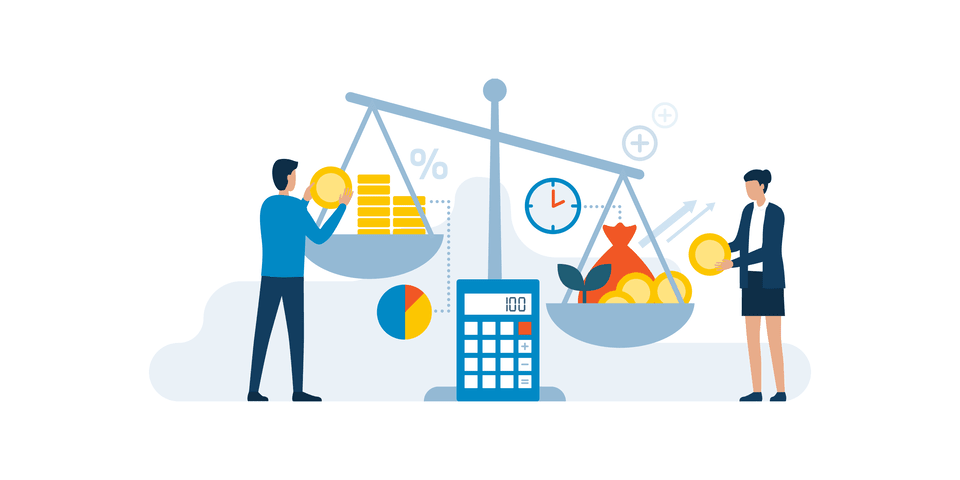Financial Leverage: A Detailed Examination of Borrowing and Risk Management

Out of the 136 CCFs in our sample, we found the website of 120 firms (for some firms we could not find the company website due to, for example, failure). In only 4% of the cases, the websites reported other types of certification labels (although these were mostly product quality labels). Overall, this additional validation increases our confidence that the matched CCFs generally lack other social and/or environmental certifications. However, one can argue that the probability and costs of financial distress can remain negligible when leverage remains low but that they increase dramatically only when leverage moves beyond a normal threshold (i.e., leverage is too high).
Share this article
The consumer leverage ratio represents the amount of debt an average American has relative to their disposable income. They measure the proportion of debt in the capital structure and the company’s ability to pay it off. Let us see how the increased use of debt increases the profits for the firm using EBIT-EPS analysis. https://www.bookstime.com/ Based on this equation, the DuPont Model illustrates that a company’s ROE can only be improved by increasing the company’s profitability, by increasing its operating efficiency or by increasing its financial leverage. Businesses have to pay interest on this debt before they take care of any other expenses.
Debt Ratio as an Indicator of Financial Risk
However, when firms use equity, they are not legally obliged to pay dividends and cannot be forced into bankruptcy. For instance, interest payments shield firms’ profits from taxes (Vanacker & Manigart, 2010) that allows entrepreneurs to distribute more profits to themselves. Also, when entrepreneurs use debt, they need to contribute fewer personal funds. Accordingly, all else being equal, they can generate higher returns on their smaller equity contributions. Taken together, the costs and benefits of debt financing are different for entrepreneurs vis-à-vis their stakeholders, such as customers and employees.
Risk of Financial Distress
However, If a loss of 20% is made from selling the houses, David gets $400,000 to himself and suffers a loss of $100,000 (when he doesn’t use financial leverage). When he uses financial leverage of $300,000, even with a 20% loss (the house is now worth successful use of financial leverage requires a firm to $640,000), his creditors still get their $300,000 initial loan and $30,000 annual interest. However, if he uses his own capital of $500,000 and takes a $300,000 financial leverage, he will be able to buy more units of houses (let’s say 30 more houses).

Optimal Use of Financial Leverage in a Corporate Capital Structure
Financial leverage can help you tap into bigger investments, but it comes with increased risk. Still, the chance at accelerated growth and increased returns might be worth it to you. Just remember, at the end of the day, you’ll still have to repay what you borrow regardless of how well the investment performs. However, if the ratio is too high, then the company might be missing opportunities to increase its earnings through financial leverage. It measures the company’s total debt as a percentage of its total capitalization. The debt-to-capital ratio is the ratio of a company’s total debt to its total capital.
- This higher volatility can make a company’s stock riskier to hold, possibly leading to a drop in its price.
- First, from the standpoint of management, companies that are run by aggressive leaders tend to use more financial leverage.
- He currently researches and teaches economic sociology and the social studies of finance at the Hebrew University in Jerusalem.
- Finally, financial leverage can also lead to increased volatility in a company’s earnings and, consequently, in its share prices.
- We estimated our models using generalized linear models (GLM) for sales growth and employment costs as dependent variables.
- The debt-to-capital ratio is the ratio of a company’s total debt to its total capital.
Prudent Capital Structure
Data Sources and Sample
